- Effectiveness of Commercial and Homemade Washing Agents in Removing Pesticide Residues on and in Apples
- Removal of pesticide residues from fresh produce is important to reduce pesticide exposure to humans. This study investigated the effectiveness of commercial and homemade washing agents in the removal of surface and internalized pesticide residues from apples. Surface-enhanced Raman scattering (SERS) mapping and liquid chromatography tandem mass spectrometry (LC–MS/MS) methods were used to determine the effectiveness of different washing agents in removing pesticide residues. Surface pesticide residues were most effectively removed by sodium bicarbonate (baking soda, NaHCO3) solution when compared to either tap water or Clorox bleach. Using a 10 mg/mL NaHCO3 washing solution, it took 12 and 15 min to completely remove thiabendazole or phosmet surface residues, respectively, following a 24 h exposure to these pesticides, which were applied at a concentration of 125 ng/cm2. LC–MS/MS results showed, however, that 20% of applied thiabendazole and 4.4% of applied phosmet had penetrated into the apples following the 24 h exposure. Thiabendazole, a systemic pesticide, penetrated 4-fold deeper into the apple peel than did phosmet, a non-systemic pesticide, which led to more thiabendazole residues inside the apples, which could not be washed away using the NaHCO3 washing solution. This study gives us the information that the standard postharvest washing method using Clorox bleach solution for 2 min is not an effective means to completely remove pesticide residues on the surface of apples. The NaHCO3 method is more effective in removing surface pesticide residues on apples. In the presence of NaHCO3, thiabendazole and phosmet can degrade, which assists the physical removal force of washing. However, the NaHCO3 method was not completely effective in removing residues that have penetrated into the apple peel. The overall effectiveness of the method to remove all pesticide residues diminished as pesticides penetrated deeper into the fruit. In practical application, washing apples with NaHCO3 solution can reduce pesticides mostly from the surface. Peeling is more effective to remove the penetrated pesticides; however, bioactive compounds in the peels will become lost too.
最近在tvN播出的《三時三餐 Light》中,看到一個讓我忍不住大笑的片段。
準備晚餐時,車勝元負責烤肉,柳海鎮負責清洗쌈 채소(쌈菜)的畫面。
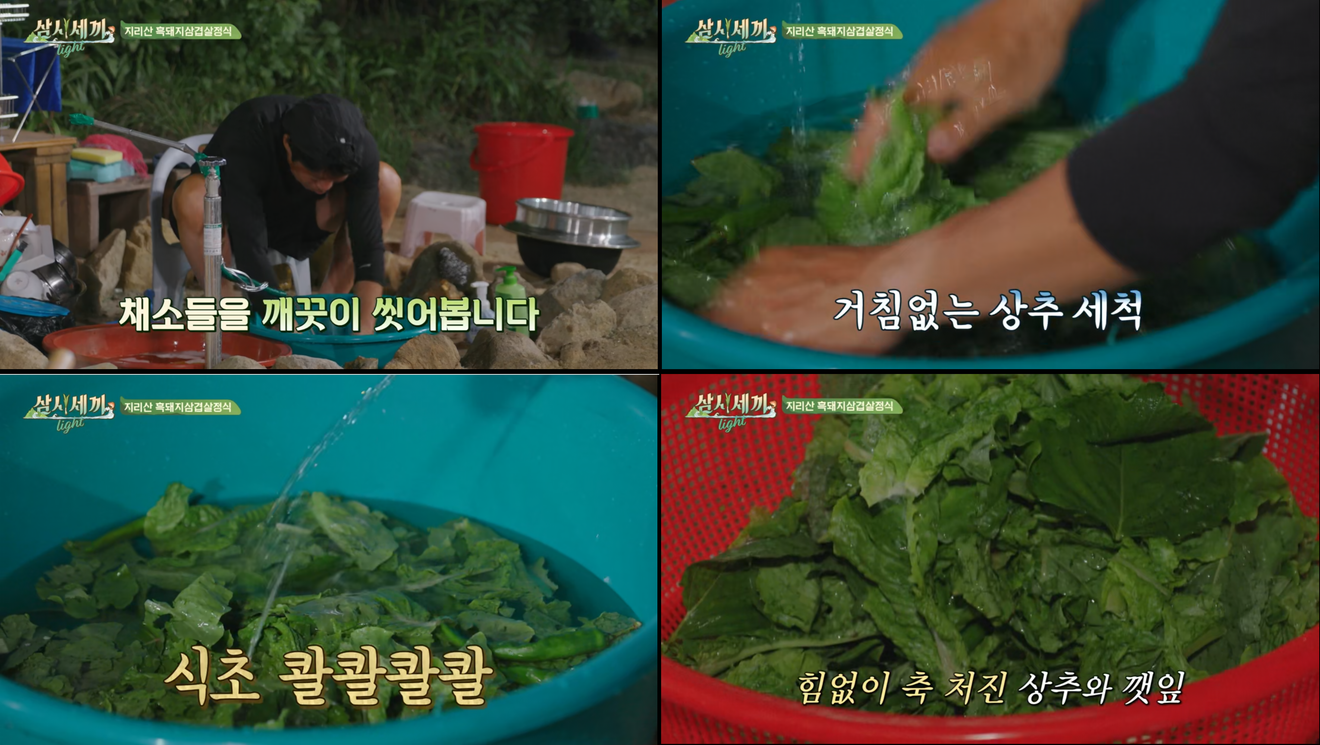
來源:tvN <一日三餐 Light> 7集
那就是醋水清洗法!
我自己也經常使用這種方法,但是…
柳海鎮加了過量的醋,又用力搓洗,結果…
生菜和깻잎(紫蘇葉)都變得皺巴巴的。
(為了銷毀證據,一直吃掉生菜的柳海鎮真的太好笑了🤣)
我也曾經因為清洗깻잎(紫蘇葉)而浸泡在醋水中太久,幾乎都丟掉了,看到這個片段既好笑又覺得可惜。
蔬菜和水果的清洗方法,特別讓人擔心,常常搞不清楚自己是不是洗乾淨了。
所以我做了很多研究,
今天要和大家分享如何有效去除日常生活中常見各種水果和蔬菜上的農藥殘留。
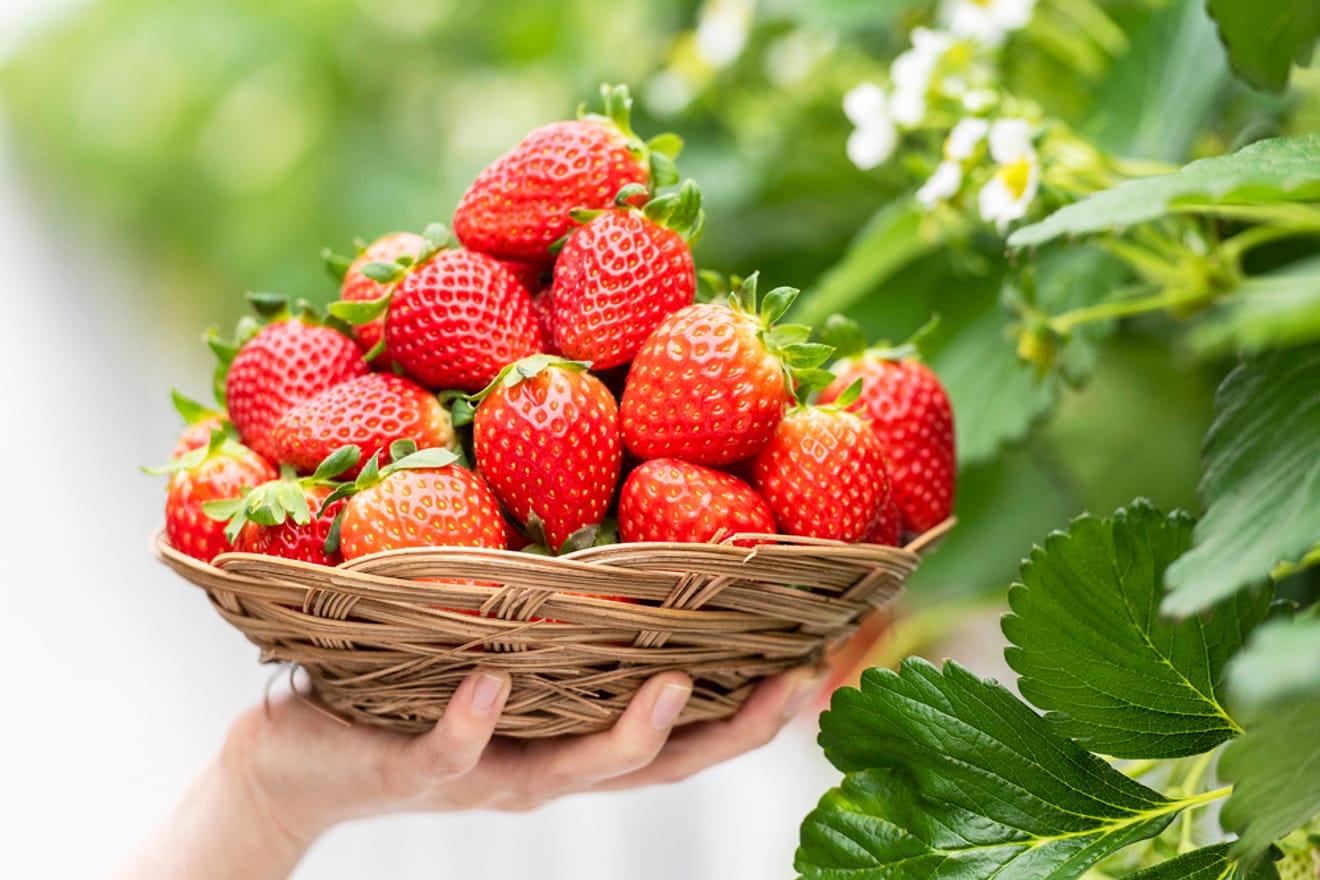
草莓清洗法
草莓含水量高,容易腐爛和發霉。
因此,草莓經常會噴灑防霉農藥。
將草莓浸泡在水中1分鐘,然後用流水沖洗約30秒。
此外,蒂頭部位可能殘留農藥,建議用刀切除。
順序是先用手摘除蒂頭,浸泡在水中後沖洗,最後再用刀將蒂頭部位完全切除。
如果先用刀切除蒂頭,水溶性維生素可能會流失,所以最好最後再切除。
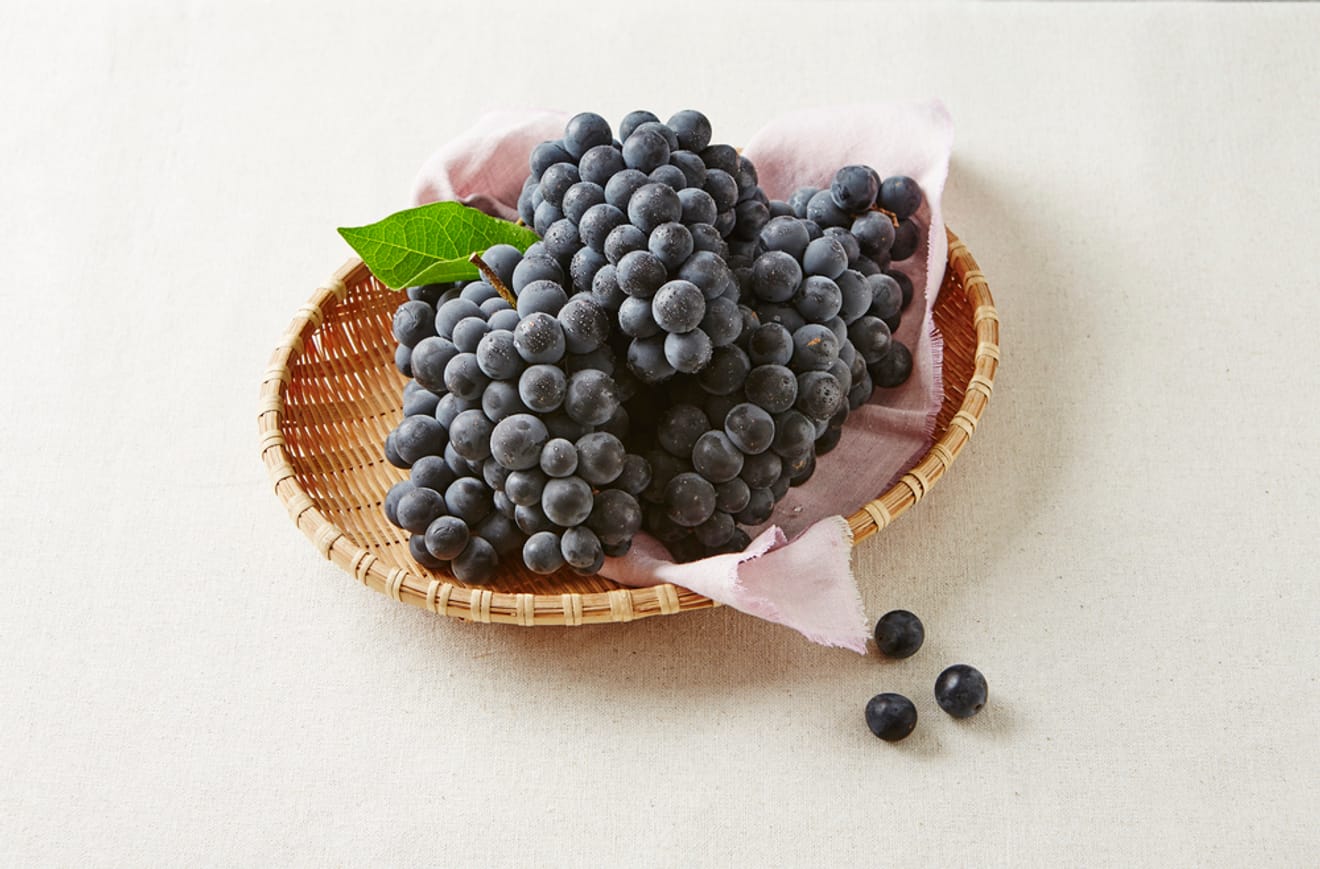
葡萄清洗法
葡萄很難整串清洗,通常會一顆一顆摘下來洗。
但是,葡萄整串浸泡在水中約1分鐘,然後用流水沖洗,就能去除大部分農藥。
葡萄上的白色粉末是自然的「果粉」,不是農藥,請放心。
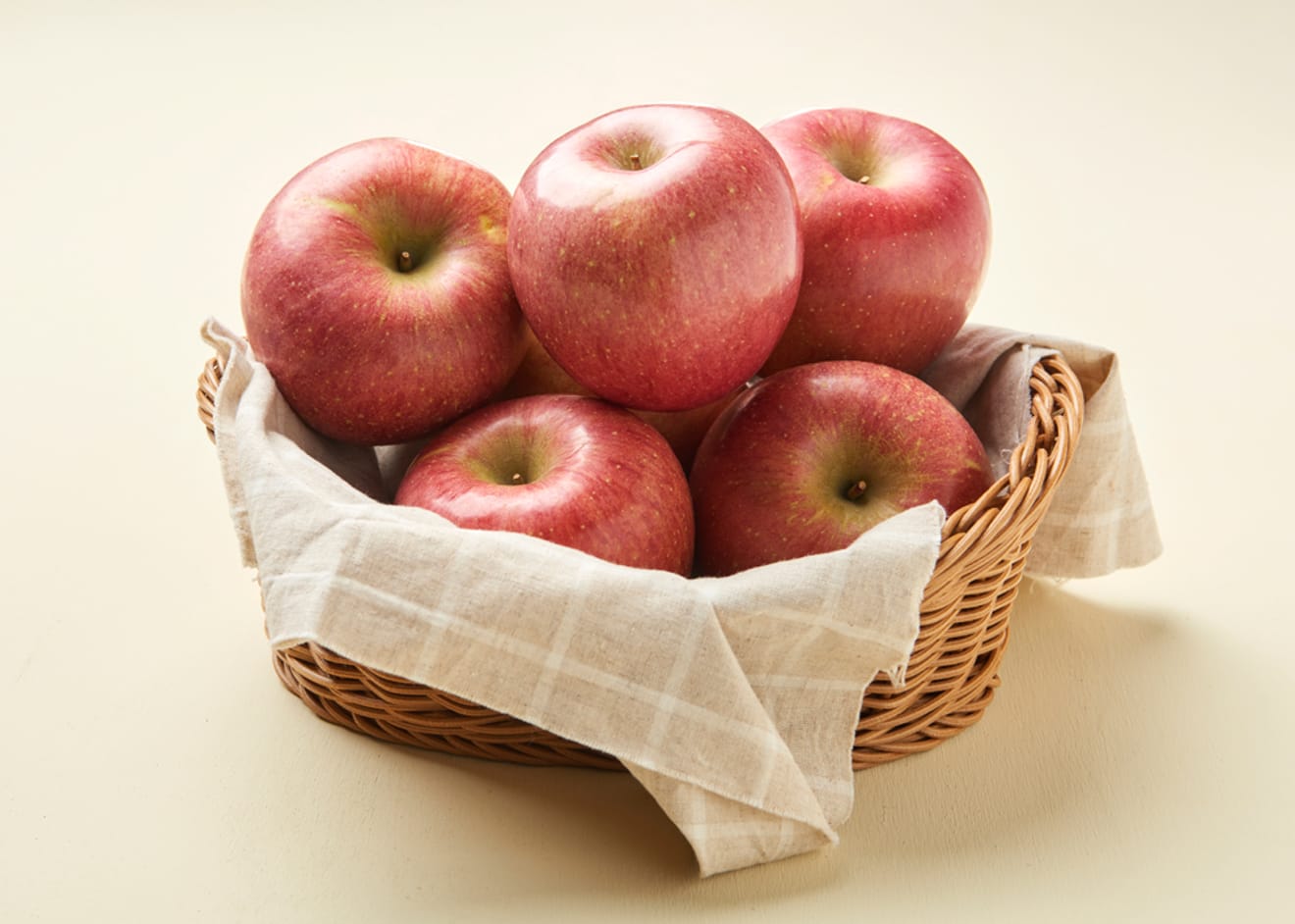
蘋果清洗法
我個人曾在醫院聽醫生建議,為了腸道健康,早上要連皮吃蘋果。
蘋果用清水沖洗或用抹布擦拭乾淨即可。
但是蒂頭附近的凹陷處可能殘留農藥,建議將此部位切除後再食用。
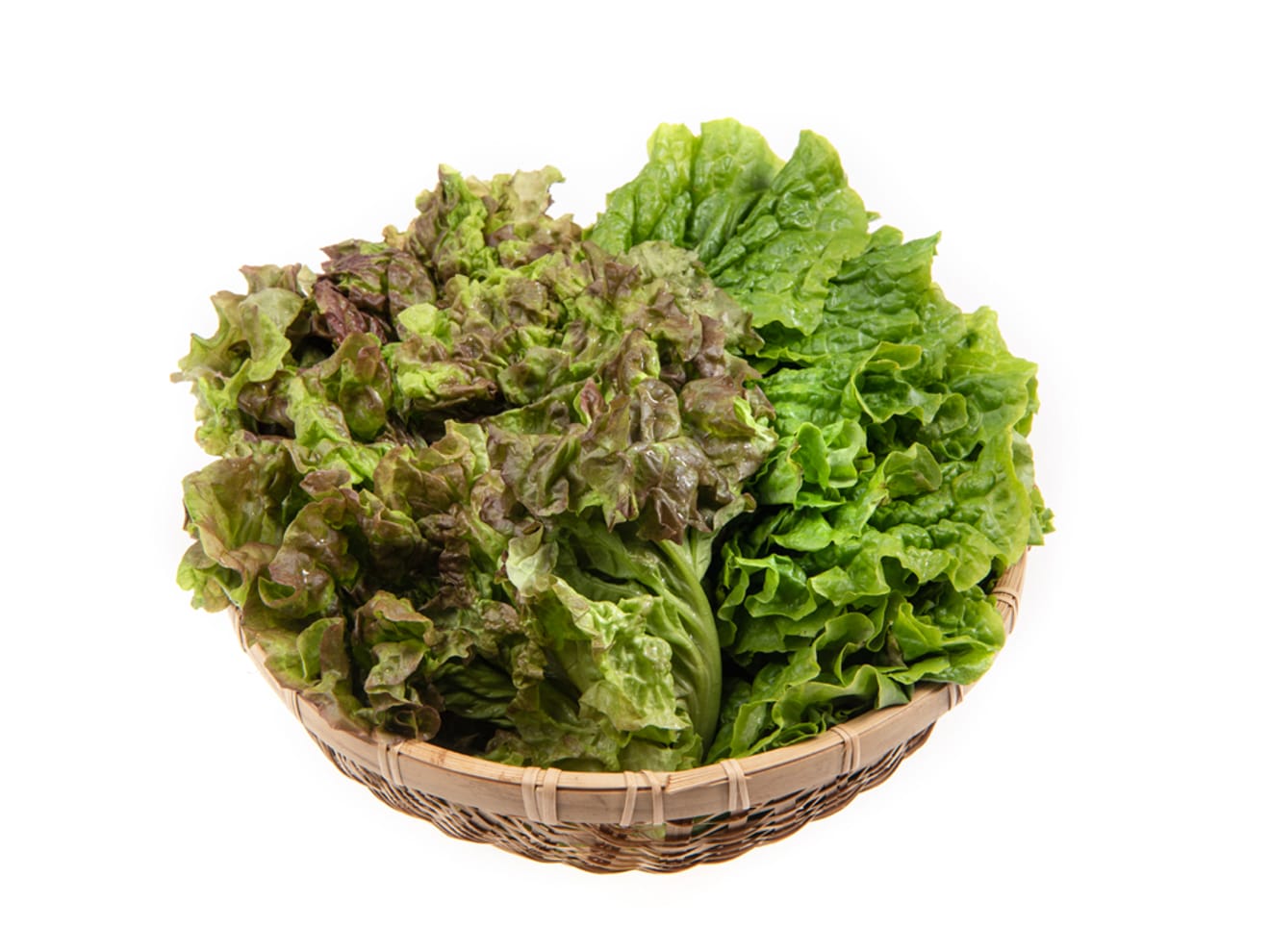
깻잎(紫蘇葉)和生菜清洗法
깻잎(紫蘇葉)和生菜絨毛和皺褶多,容易殘留農藥。
浸泡在水中5分鐘,然後用流水沖洗約30秒。
尤其是깻잎(紫蘇葉),要一片一片地清洗。
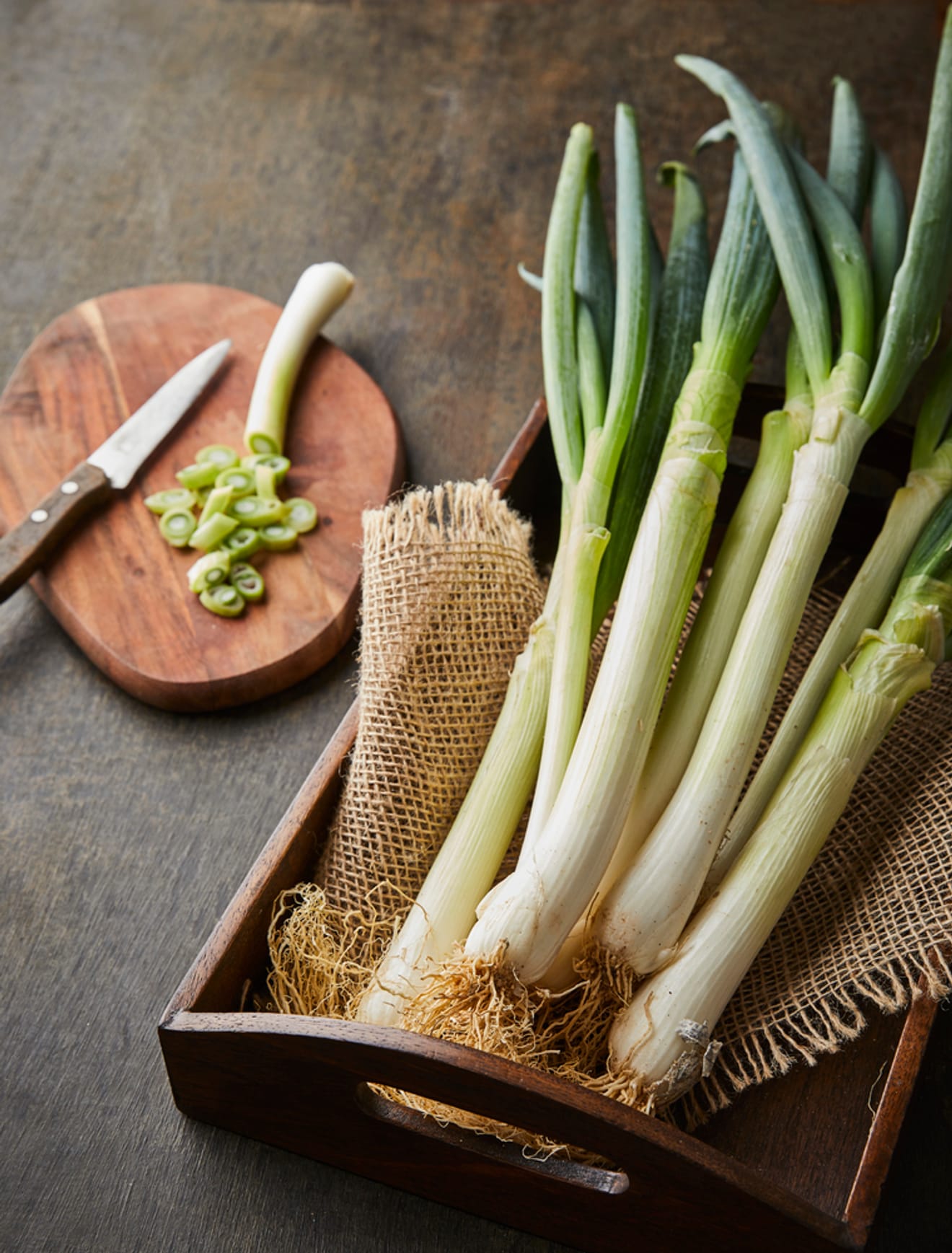
蔥的農藥殘留去除法
很多人會切除蔥白(根部),然後用水清洗,但是農藥主要殘留在葉子上。
去除枯萎的葉子和外層葉子後,用清水徹底沖洗。
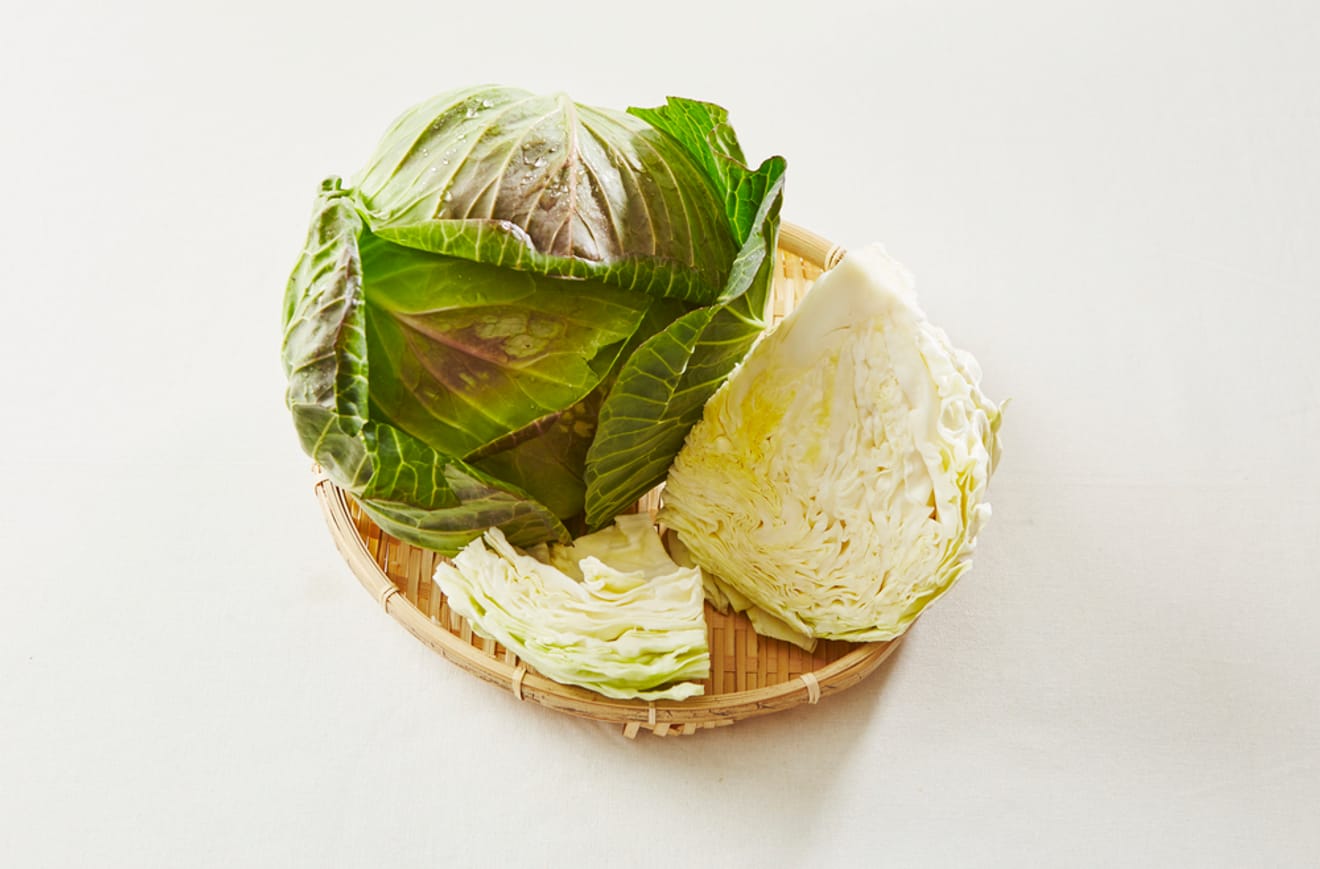
白菜和高麗菜
外層葉子可能殘留農藥,白菜和高麗菜去除2~3片外層葉子後
用流水沖洗食用。
高麗菜內部其實很乾淨,不用洗得太用力。
黃瓜
黃瓜用菜瓜布擦洗表面,撒上粗鹽搓洗。
然後再用流水沖洗一次,能有效去除農藥。
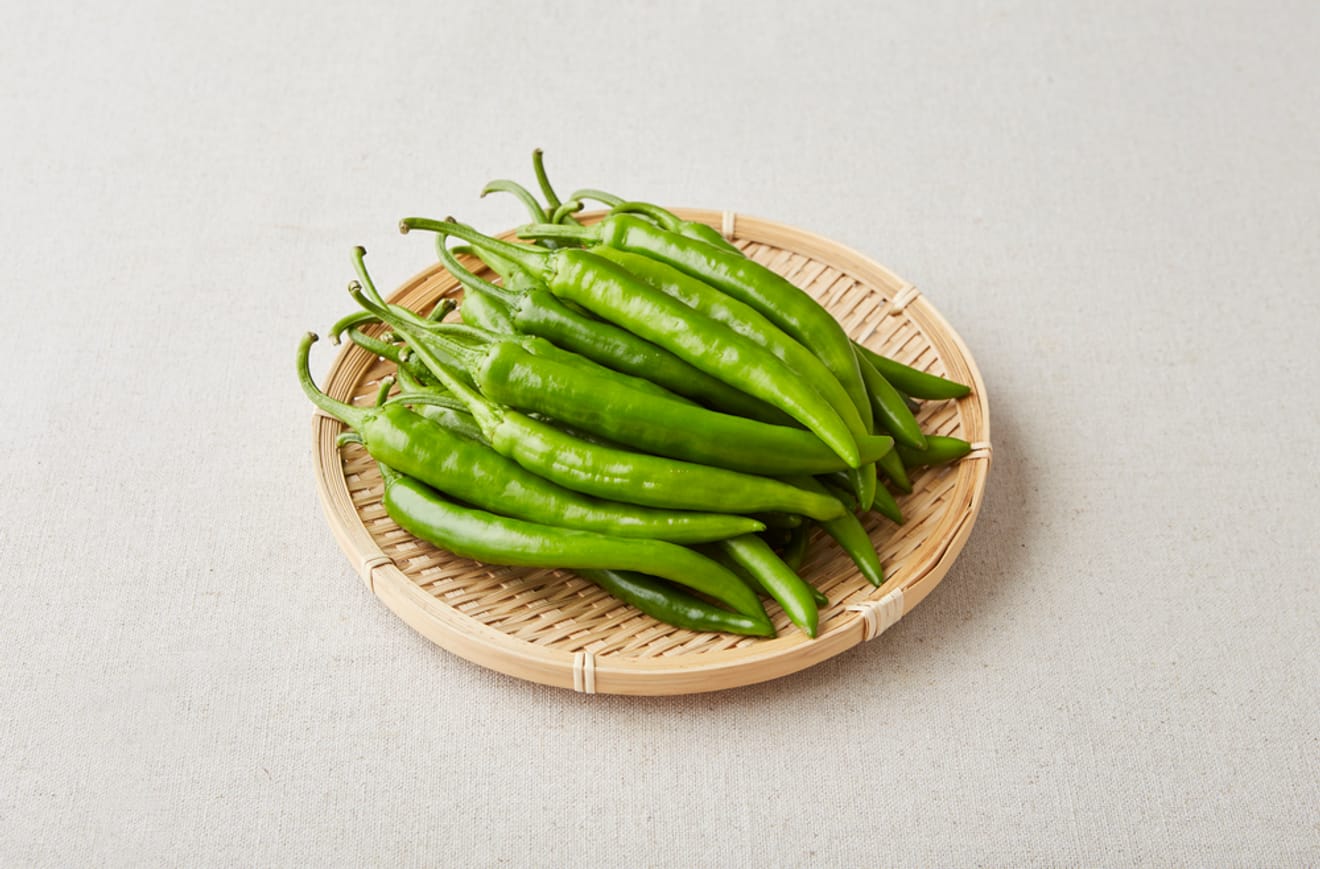
辣椒
辣椒農藥殘留的可能性較高的地方是蒂頭而非尾部。
稍微浸泡在水中後,用流水沖洗。
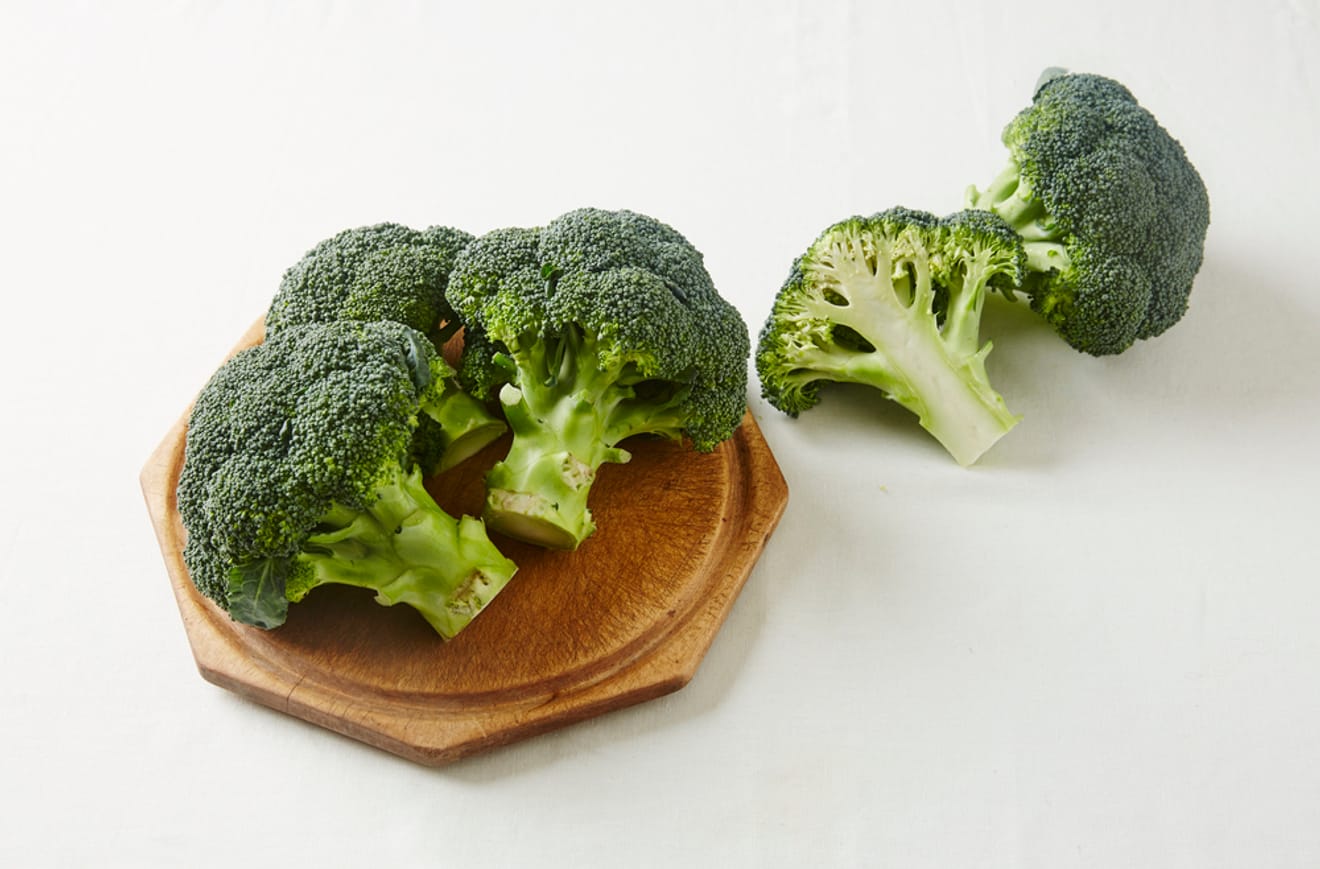
花椰菜的徹底清洗法
花椰菜的花球部分很密集,很難清洗。
將花椰菜倒扣在裝滿水的容器中浸泡10~20分鐘,就能去除農藥殘留和雜質。
然後換水,多次搖晃,去除殘留物,會更安全。
使用小蘇打的清洗法
美國麻省大學2017年發表了一篇論文。
《農業與食品化學期刊》(Journal of Agricultural and Food Chemistry) 發表了題為「市售及家用清洗劑去除蘋果農藥殘留的有效性」(Effectiveness of Commercial and Homemade Washing Agents in Removing Pesticide Residues on and in Apples) 的論文。
這篇論文研究了家用和商用清洗劑去除水果農藥殘留的有效性。
論文摘要如下:
在農藥清洗方面,使用濃度為10mg/ml的小蘇打溶液浸泡8分鐘以上,12分鐘左右,
幾乎能完全去除殺蟲劑殘留。
如果擔心殺蟲劑殘留,將蔬菜浸泡在濃度為10mg/ml的小蘇打溶液中
8~12分鐘,然後沖洗,幾乎可以完全去除農藥。
最萬能的清洗方法是「浸泡在水中」
小蘇打很好,稀釋漂白水也可以,使用專用水果清潔劑很安全,醋很方便。
雖然有很多清洗方法,但根據多項實驗結果,
最萬能的清洗方法是「浸泡在自來水中後沖洗」。
結果顯示,差異並不大。
最近一直在考慮要不要買專用的水果清潔劑,
最後還是決定改用浸泡在水中清洗。
如果忘記清洗方法,就浸泡在水中後沖洗!

评论0